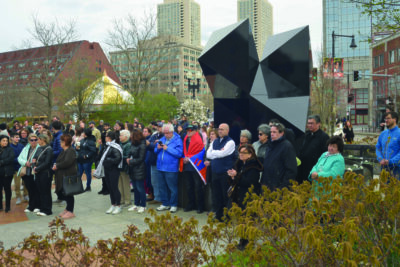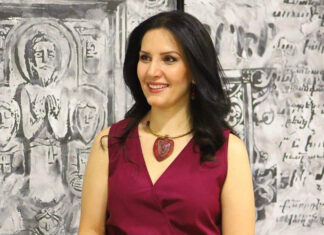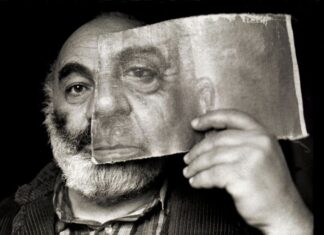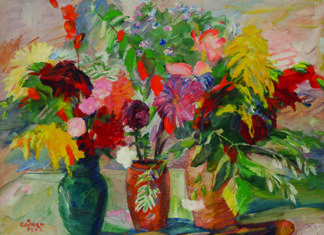FRESNO — Society for Armenian Studies (SAS) member, Jirair Christianian, has launched a new website dedicated to the churches, monasteries, fortifications and other architecture of the Armenian, Greek, Georgian, Syriac, Crusader and Arab people of the Near East. The website is called The Christian Architecture of the Levant ( https://ChArLvArchive.org).
A generous and anonymous grant has allowed the creation of this website as a forum for serious scholars to post their carefully documented photographs, plans, and assessments of the Christian architecture in the Levant. The initial 3,300 photographs, plans and maps of 118 sites presented on the website are composed of secular, ecclesiastical and military construction within Turkey, from the Byzantine, Cilician Armenian and late Medieval periods. By exposing this material to the widest possible audience, the donors hope to encourage dialogue, provide documentation for publications, and facilitate efforts for the preservation of these endangered monuments. The rate at which these sites have become damaged and, in some cases, completely obliterated, has accelerated in the last decades. The loss of this world heritage is irreversible and not to be underestimated.
Anyone interested in contributing images and plans of the late antique and medieval Christian settlements in the Levant is invited to contact the General Editor via the Contact link in the website header. There is no minimum limit on the number of photographs and plans that can be submitted, and a contributing author is free to deposit any of his/her images contained in this website into any other archive without restrictions. Christianian commented on the project saying: “I am thrilled to be bringing this website online; it is my hope that others will contribute their images and plans of additional sites, on a non-exclusive basis, in order to make it as comprehensive as possible.”
Volume One of the website is comprised of the archive of Robert W. Edwards, the author, among other publications, of The Fortifications of Armenian Cilicia and articles on the ecclesiastical architecture of the Armenians, Georgians and Byzantine Greeks in Cilicia, the Pontus, the Marchlands of northeastern Turkey, and Historical Armenia. His detailed photographs, plans, and extensive documentation of these sites represent an invaluable documentation of this architectural heritage in Turkey, much of which is under threat of permanent destruction.
President of the Society for Armenian Studies (SAS) Bedross Der Matossian commented on the project saying: “While many of the Armenian architectural sites in Historic Armenia and the region of Cilicia are in a dilapidated condition due to negligence and destruction, this groundbreaking endeavor by Christianian provides a forum for a collective effort of preserving the history of these sites in the digital age. Christianian’s project should be applauded as a timely and essential for preserving what was lost.”
It is the hope of the project directors that other archives of photographs and plans will be added to the website, in order to develop it into a truly comprehensive archive. Any efforts to promote the website, whether in talks and lectures, communications of organizations focused on related topics in architecture, art history, or history, or in publications are encouraged and appreciated. Any online links to the website would be especially appreciated. Links to the website could be either to the home page or to individual sites, e.g., to Sis, Anavarza, Vahka, Aghtamar, etc., as appropriate.









